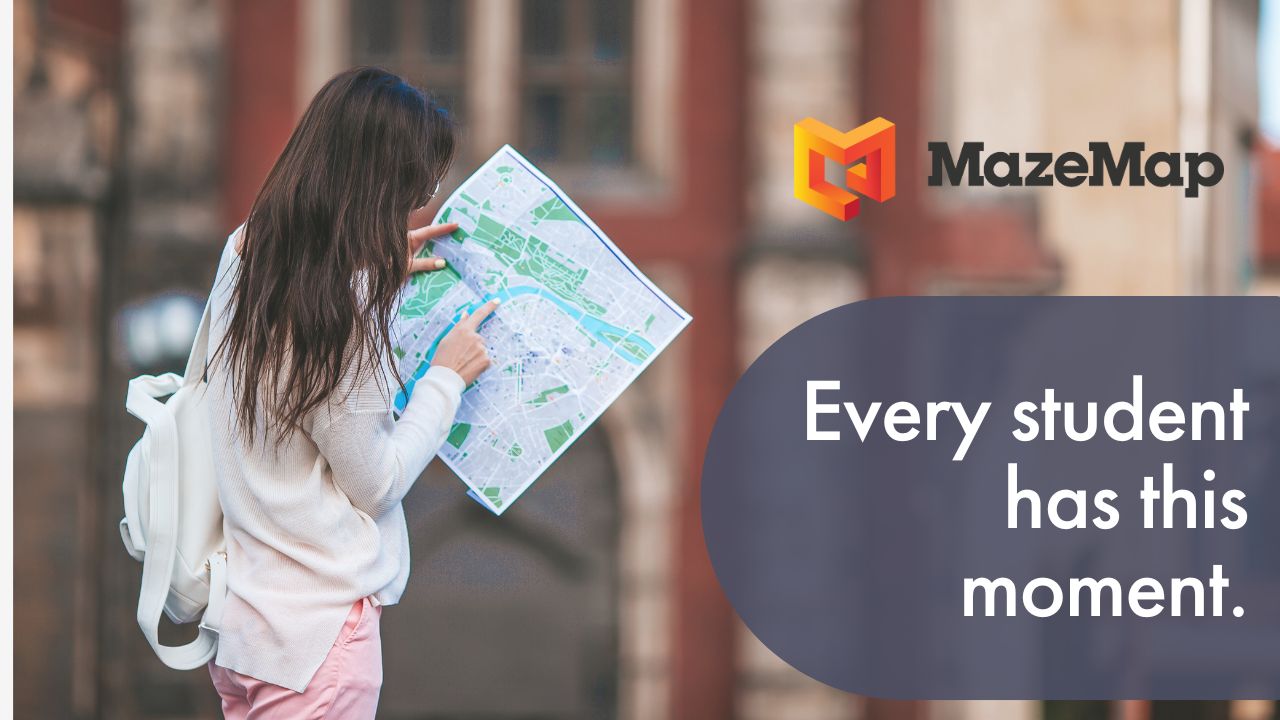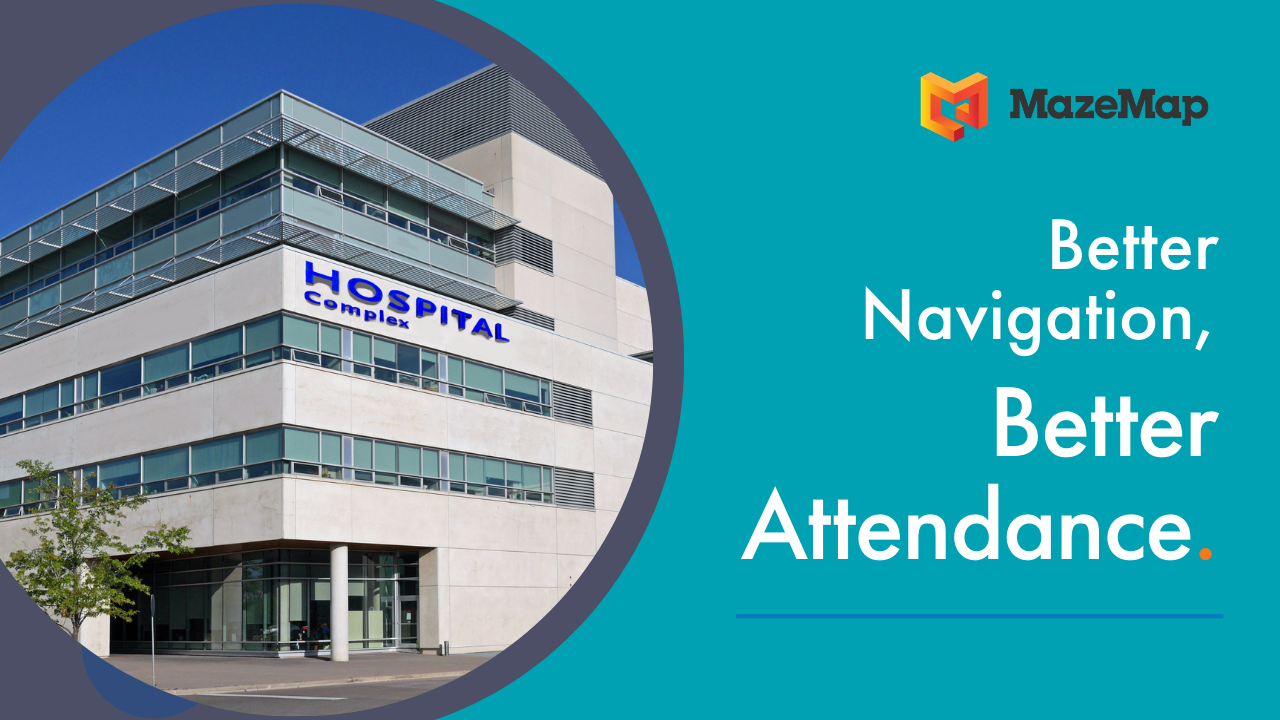Hospitals are large and complex structures that often feel intimidating to patients. In a healthcare setting specifically, “wayfinding problems can lead to confusion, frustration, anger, stress, elevated blood pressure, headaches, and fatigue” (Shumaker and Reizenstein, 1982).
When patients are already dealing with potentially fragile health, the last thing care providers want is to expose them to more stress and overwhelm. Hospitals are now realizing the seriousness of the issue and many are introducing technology to improve wayfinding within hospital buildings “to help guide visitors to their destinations while contributing to a more enjoyable visit.” (Sadek, 2015).
What are these wayfinding tools and how can estates and facilities management ensure that patients can find where they’re going?

Clear wayfinding signage
In the process of hospital planning, the focus should be on creating a layout that makes it easy for patients to navigate and find the right rooms, departments and amenities. Once the layout is implemented, it’s important to consider your hospital wayfinding signage. Signs should be placed at frequent intervals - especially at intersections and next to elevators and stairs. To make physical signage easier to follow, QR codes can be added next to sign text. This allows patients to scan the QR codes and open up smartphone maps that show them directions from their current point to the desired department, room or amenity.

Interactive digital maps
Combining digital maps with clear signage and a strong layout helps to give patients a sense of certainty. The benefit of digital maps is that the patient can take the directions with them as they walk around the hospital. 3D Maps illustrate visual landmarks, such as wall art to give patients a point of reference as they navigate through the building.
Digital maps can also be added to kiosks or information screens next to entrances so that patients can look for directions as soon as they enter the hospital building. To help patients find what they’re looking for quickly, amenities can be grouped together. For example, cafes, kiosks and restaurants can be added to a group so that the patient can click on the corresponding section and see all of the places that they can buy food and drink on the hospital map. The same can be done with bathrooms, water fountains, and other important amenities.
Ultimately, improving indoor navigation hospital helps to create a more enjoyable experience for patients, reducing stress and allowing them to focus more on their health and wellbeing. If you’d like more advice on indoor wayfinding for your hospital, we’d love to show you a demo of our hospital wayfinding solutions. You can request a demo here.











